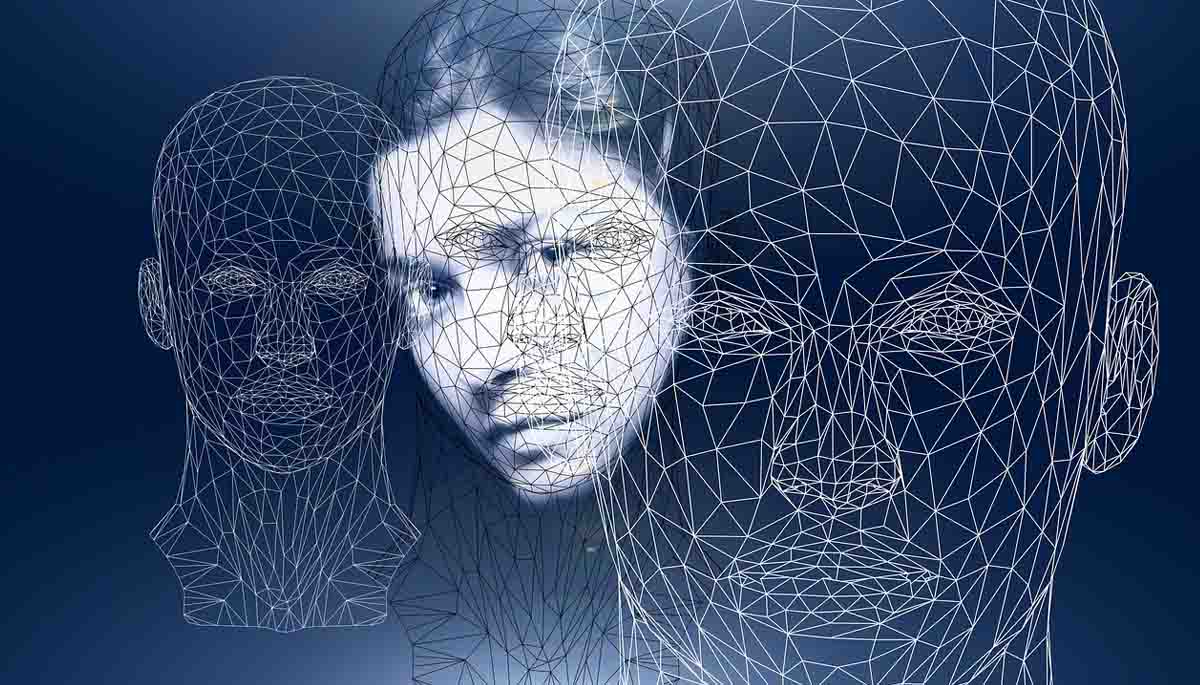EMDR for eating disorders is a powerful treatment that can help you heal from your disorder and develop a healthier relationship with food. If you are considering EMDR for your eating disorder treatment, it is important to find a therapist who is trained and experienced in this type of therapy.
EMDR can help you:
- -Identify and process negative emotions and beliefs about yourself and your body
- -Develop a more positive self-image
- -Learn healthy coping skills to deal with stress and difficult situations
- -Heal the underlying causes of your eating disorder
If you are struggling with an eating disorder, EMDR can be a vital part of your recovery. It can help you address the root causes of your disorder and develop a healthier relationship with food.

Eating disorders are psychological conditions characterized by unhealthy eating habits that cause mental and physical distress. They affect at least 9% of the world’s population. The symptoms may involve an obsession over food, weight, and/or body image.
Eating disorders can manifest in a number of ways with a variety of symptoms, such as severely limiting the intake of calories, binging and purging food (via vomiting, laxatives, etc.), and exercising excessively. People suffering from eating disorders tend to have a distorted perception of their bodies and may continue to think they’re fat even if they are a healthy weight or even dangerously thin.
The most common eating disorders are anorexia nervosa (a condition in which a person severely restricts his/her intake of food, has an intense fear of gaining weight, and sees him/herself as “fat” even if s/he is emaciated), bulimia (a pattern of eating large amounts of food followed by purging it from the body), and binge eating disorder (eating large amounts of food while feeling out of control which is followed by feelings of shame, disgust, or guilt).
Eating disorders range from mild to severe with numerous consequences to one’s mental, emotional, and physical well being. In more serious cases, eating disorders can lead to organ failure, stroke, heart attack, and even death. They typically develop in adolescence or early adulthood, but can have later onsets as well. Though more prevalent in women, eating disorders increasingly are found in men and nonbinary people.
What is EMDR Therapy?
EMDR (Eye Movement Desensitization and Reprocessing) is a mental health therapy originally designed to heal trauma. Over time, the treatment has evolved and been found to be effective in treating a number of conditions in addition to PTSD (Post-Traumatic Stress Disorder).
It can be helpful in disorders that stem from trauma and difficult life events as well as unhealthy or self-destructive habits. Addiction, depression, OCD, and grief, among other conditions, have all responded well to EMDR. This therapy is unlike traditional talk therapy and instead focuses on processing memories that have been maladaptively stored or “stuck” in the brain. The theory is that by using an external stimulus, the whole brain becomes engages and distressing, unprocessed memories can be processed. Once this occurs, the person no longer feels controlled by the trauma and is able to move forward in life.
Traditionally, the client is instructed to recall a traumatic memory while simultaneously following the therapist’s moving finger with the eyes. Remembering something distressing while being distracted by an external stimulus is thought to create a sense of distance from the memory and generate new, more neutral associations with the event.
The quick eye movements themselves, either back and forth or up and down, encourage a stronger connection between the hemispheres which expedites the processing of unresolved trauma. The movements are thought to mimic the rapid eye movements in REM sleep, a phase in which our bodies effectively process traumas and memory. The external stimuli are referred to as “bilateral stimulation” meaning it engages both sides.
Therapists utilize numerous types of bilateral stimulation that can be visual, auditory or tactile. This can take the form of following a moving dot back and forth across a screen, listening to a sound with headphones that alternates between the right and left ears, or tapping on the left and right palms alternatively.
EMDR has ample scientific research supporting its efficacy in numerous conditions and also its speed. Clients may start to show significant improvement in as little as three or four sessions. It is possible to accomplish in weeks with EMDR what would typically take years in traditional psychotherapy.
How Does It Help With Eating Disorders?
EMDR has been found to be effective for a number of conditions rooted in trauma or difficult life circumstances. Eating disorders frequently manifest in response to a trauma. The trauma may be a sexual assault which affected the person’s body image, but it can happen in reaction to other circumstances such as physical abuse, verbal abuse, living through a natural disaster or war, or even a difficult life circumstance such as parents divorcing when the person is a child or adolescent.
(Dysfuntional attachment is often a factor in the development of eating disorders.) It is commonly understood that eating disorders are strongly linked to a desire for control; the person often feels like the only thing s/he can control is his/her eating habits and what s/he chooses to put in his/her body. There is a logical connection between the desire for control following a traumatic event that leaves a person feels victimized.
Furthermore, the behavior functions as a coping mechanism or a form of escape to avoid the underlying pain. Studies have shown that approximately 75% of women in residential treatment for eating disorders have trauma histories and 50% have PTSD; there is also a strong correlation between PTSD and binge eating disorder. Because EMDR is used to resolve traumatic and other distressing memories, it addresses the root concern which spurred the maladaptive behavior in the first place.
Is It An Effective Treatment For Eating Disorders?
Though more research needs to be done, there have been several studies that suggest EMDR is helpful in treating eating disorders. One case study examined a 17 year old female with trauma based anorexia that had not responded to other forms of treatment.
After 6 months in the hospital with biweekly EMDR sessions and intermittent talk therapy, the patient was at a healthy weight, had developed a healthy attachment style, and no longer met criteria for anorexia. She reported higher levels of self-confidence and an increased ability to navigate social situations. Other studies with eating disorder clients have also shown that EMDR is helpful in increasing participants’ self-esteem and creating a more positive body image.
Yet another study examined EMDR in the treatment of two patients who were suffering from avoidant/restrictive food intake disorder. Both participants started to severely restrict their nourishment due to fear of choking. This fear was rooted in past experiences in which they felt out of breath while eating. The patients became emaciated and isolated, and their condition disrupted their daily lives. After only five EMDR sessions, both participants returned to healthy eating habits, had a normal BMI, and went back to their normal level of functioning.
What Are The Risks?
In general, EMDR is considered a safe treatment option. However, there are potential challenges that may arise during the course of treatment due to an increase in self-awareness that occurs throughout the process. These include:
- Surfacing of additional traumatic memories
- Intense emotions during and after sessions, which may last hours to days
- Feeling more emotionally sensitive and vulnerable
- Discomfort during sessions
- Vivid dreams
- Feeling tired after sessions
These symptoms should be short term in nature and resolve as memories continue to be processed and resolved. The beginning stages of treatment are often the most difficult and may be emotionally overwhelming. To increase both the effectiveness and safety of the treatment, be sure to work with a qualified EMDR therapist. Prepare yourself by asking your therapist what to expect before the actual treatment begins and communicate openly with your provider about your experiences so your needs can be met.
How To Find EMDR Therapy
EMDR therapists are less common than traditional psychotherapists. However, there are a number of excellent options for EMDR therapy including working with a therapist either in person or online, and even self-administering EMDR with aid of a virtual tool.
The website BetterHelp offers online therapy with a directory of over 25,000 practitioners. Many are trained in EMDR and can perform the therapy virtually. Online therapy is a good option if you want to work with a therapist but there aren’t any in your area. BetterHelp charges a monthly subscription instead of a per session rate, making the care more affordable as well as convenient. You will be matched with a qualified therapist who meets your situation and needs. If you are interested in this option, there is a short questionnaire to complete which will help with the matching process.
If you prefer seeing a therapist in-person, do an internet search to see if there are any providers near you. The EMDR International Association (EMDRIA) website has an online search tool to look for certified EMDR providers. (Keep in mind that becoming certified is not necessary; there are qualified EMDR therapists who never received a certification.) You can always ask a trusted healthcare provider for a referral or get a word of mouth recommendation.
Self-administered, virtual EMDR is another option if you are unable to find a therapist, have geographic or financial barriers, or would prefer to work on your own. Online programs follow the same stages and steps that an EMDR therapist would use. We recommend VirtualEMDR for self-guided virtual EMDR therapy. Self Administered EMDR treatment also allows you to work at your own pace and you can fill better in very shot time.
Summary
Research has repeatedly found EMDR to be an effective treatment for a number of conditions. This includes eating disorders, especially when behavior is rooted in trauma.
EMDR for eating disorders targets the underlying cause of the disorder which helps clear the symptoms of the eating disorder. If you are interested in EMDR, use our tips to find treatment that is in-person, online, or even self-administered.




